Fine dining with an optional wine pairing—is it worth it?
You're going to spend $100/person+ on a fancy meal at a restaurant you've been dying to try—should you add-on the pairing too?
My friend’s recently got engaged! They wanted to properly celebrate—splurging on an iconic restaurant in NYC. They chose the king of kings, Le Bernardin. A lauded French seafood restaurant that has held its 3-star Michelin rating for 20 years. A beautiful choice to shoot for the top. And, who wouldn’t want the potential of this man coming around to your table to greet you, the chef and co-owner, Eric Ripert (AKA the silver-haired fox).
Le Bernardin holds every accolade in the book, alongside one of the most prestigious wine programs in the country, with one of the most renowned sommeliers in the U.S., Aldo Sohm. So, I had to ask: were they going to add-on the wine pairing?
They exchanged a quick glance at each other and shrugged. It hadn’t come up yet. But with a silent agreement and a nod—after all, it was a once in a lifetime celebration—“why not?”
When your mischievous Freudian id is telling you to “indulge in your White Lotus fantasy,” how do you answer? Your hedonistic desire tempts you to drop a week’s—or even weeks’—paycheck on a single night out.
Is it worth it to add the pairing? The answer is sometimes.
There are restaurants creating more imaginative, dynamic, and exciting beverage experiences that feel worth it. I’ve been fortunate enough to try a few different beverage pairings—alcoholic, non-ABV (don’t sleep on this option!), and in one case, a cocktail tasting menu.
In 2019, at Barmini in DC, I had a cocktail tasting which was (5 drinks?) and I remember it was the first time I saw liquid nitrogen in cocktails for table-side service. Edible flowers, unexplainable new flavors extracted from ingredients I thought I knew, and the entertaining flair of an expert mixologist (who was probably bemused seeing a group of young 20-somethings).
In 2021, at Central in Lima, I chose the no-ABV pairing with a 16-course meal. I drank juices comprised of flowers, fruits, and vegetables gathered from the locally-sourced Peruvian terrain. I remember the sweet, balanced, somehow not creamy, nectar of avocado. Along with fermented fruit and corn juice extracted from one of the 55(!) colorful varieties in Peru.
More recently, I had a “mixed/combination” beverage pairing at Ikigai in Brooklyn, which paired each dish with wine, sake, tea, or spirit with their raw-fish predominant meal. Interspersed throughout the dishes, tea served as an aperitif or digestivo, to calm the senses, and alternated between sake and wine to give it each dish a rounded fullness towards each delicate bite.
Most fine dining restaurants will offer a few beverage pairings. A choice for either wine, cocktails, no-ABV, or mixed (a combination of all of the above). On occasion, there will be a choice between the premium beverage pairing or regular. No-ABV bevs can include mocktails, teas, juices, and apertifs.
If there’s an option, I will always choose a mixed beverage pairing. It’s the best way to keep your palate refreshed and excited for what comes next. There’s range, depth, and you’ll always discover something new.
All of my experiences ranged from very good, great, to excellent. Your decision to opt for a pairing should ultimately depend on your drinking preferences, the quality of the beverage program, and most importantly, your budget.
How do you decide? I’ve been thinking about what variables make a truly great pairing and how to curate the best possible experience for every type of person. This requires some context on a recent transition in the dining experience: to somm or not to somm.
The Restaurant World is Changing
In the past few years of dining, you may have noticed a shift in restaurants. A presence removed from the diners…
The role of the sommelier has slowly fizzled out in the industry. As wine costs rise and consumer choices expand, selling wine has become more challenging. A somm was once the sine qua non to any fine dining restaurant before 2020. Coupled with shrinking restaurant margins, it’s increasingly difficult to justify staffing such a prestigious position.
In place of the somm, comes the rise of two parties: the (wine) consultant—the hot shot who drops in once a month, once a quarter, or even once a year to dictate what restaurants should sell. Or, an already overworked server or manager at the restaurant, who takes on additional responsibility that wasn’t in their original job description.
Overall, it’s a complicated industry.
It may not be necessary for there to be a somm at most restaurants, but to have someone’s sole focus to be the subject matter expert on one major part of your experience, creates a tighter and more cohesive feeling overall. Someone to understand their clientele, with a greater lens of the wine world-at-large, with full intention to deliver an unforgettable night to diners for potentially a once-in-a-lifetime meal.
So… all of that said, should I add the beverage-pairing? A decision-tree to guide you.
What beverage package do they have? (Wine, cocktails, sake, no-ABV, mixed).
Is there a somm? Look at their website. Do they have a “Team Page” with a wine director/somm? (Le Bernardin, Cote.) If it’s hard to find, the answer is likely no.
If no somm, is it still worth it? Do they exhibit a strong POV? Are there wines listed on their drink menu from untraditional regions (ie: not exclusively Old World—France/Italy)? Wines with grapes you’ve never heard of or with an interesting story? You don’t have to conduct major research, just a cursory look is helpful. If the list doesn’t excite you, SKIP THE PAIRING, order a la carte.
What if I don’t love wine? If you don’t LOVE wine or aren’t feeling drink-adventurous, then a full pairing will feel exhausting and unnecessary (and you’ll generally only like a few of the drinks).
Consider the mixed beverage package!
If you don’t love wine, don’t force it. If you still want the “fullest” experience, I recommend the mixed. A perfect way to feel the novelty and excitement for each beverage.
What if it feels too expensive?
Choose your own adventure! Order a la carte and ask for recommendations from your server on the best pairings with your dishes.
You can alway ask to sample at least 2 wines before committing to a glass. Here’s a starter pack on how to ask for a recommendation.
There are no wrong options! It’s a celebration after all.
My friend’s chose the beverage pairing at Le Bernardin for two main reasons: 1) they would likely never go again (b/c $$), so why not experience it in its most complete form; 2) they wanted a totally novel experience (since they hadn’t tried a pairing before).
Beverage pairings are expensive—cost prohibitive for most. Even if you could afford them regularly, they’re not an every night indulgence. For an experience to be truly excellent, the drinks first and foremost should be damn tasty. But beyond that, they should challenge you, introduce something rare or unexpected, and expand your palate in a way that leaves a lasting impression—and provides you with fresh knowledge that you can carry into your future.
If you do decide to opt for a beverage pairing, here are some final tips on what to expect:
You will leave the restaurant feeling TIPSY (no more than 1 drink before dinner).
Communicate after each tasting what you did/didn’t like, as the server can potentially change an order on the fly to accommodate your tastes OR add something new to the mix.
Take notes of what you did like and ask about it! Only way to discover and refine what drinks you gravitate towards.
Don’t feel obliged to finish every drink (no one is offended and there’s more than enough alcohol—read #1). On occasion, they may even top your drink if you seem to like one in particular.
Appreciate you for reading, your support is what’s keeping this newsletter alive.
Let me know in the comments if you’ve been to a beverage pairing you did/didn’t enjoy. Share your wealth of knowledge with others!
Say hello on Instagram ☺︎


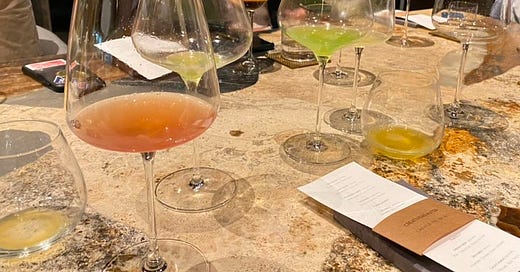


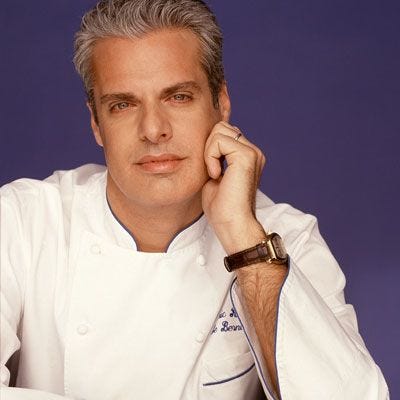
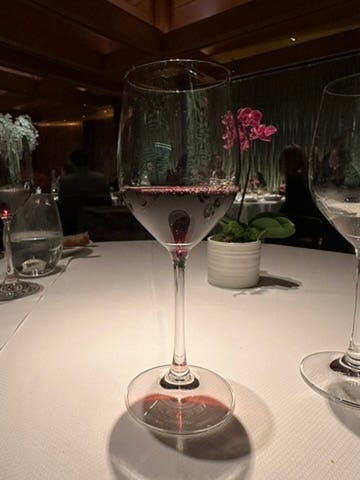



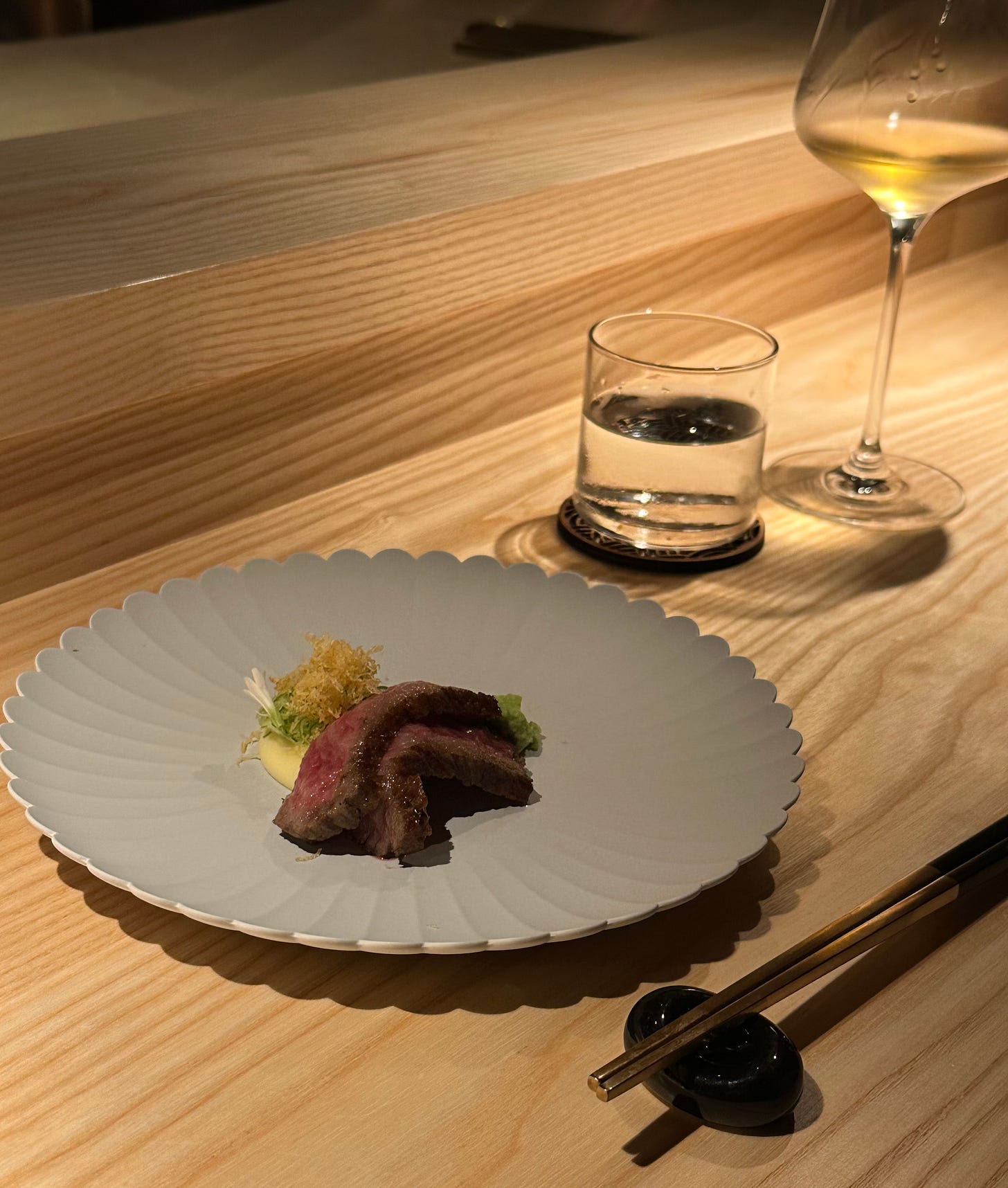



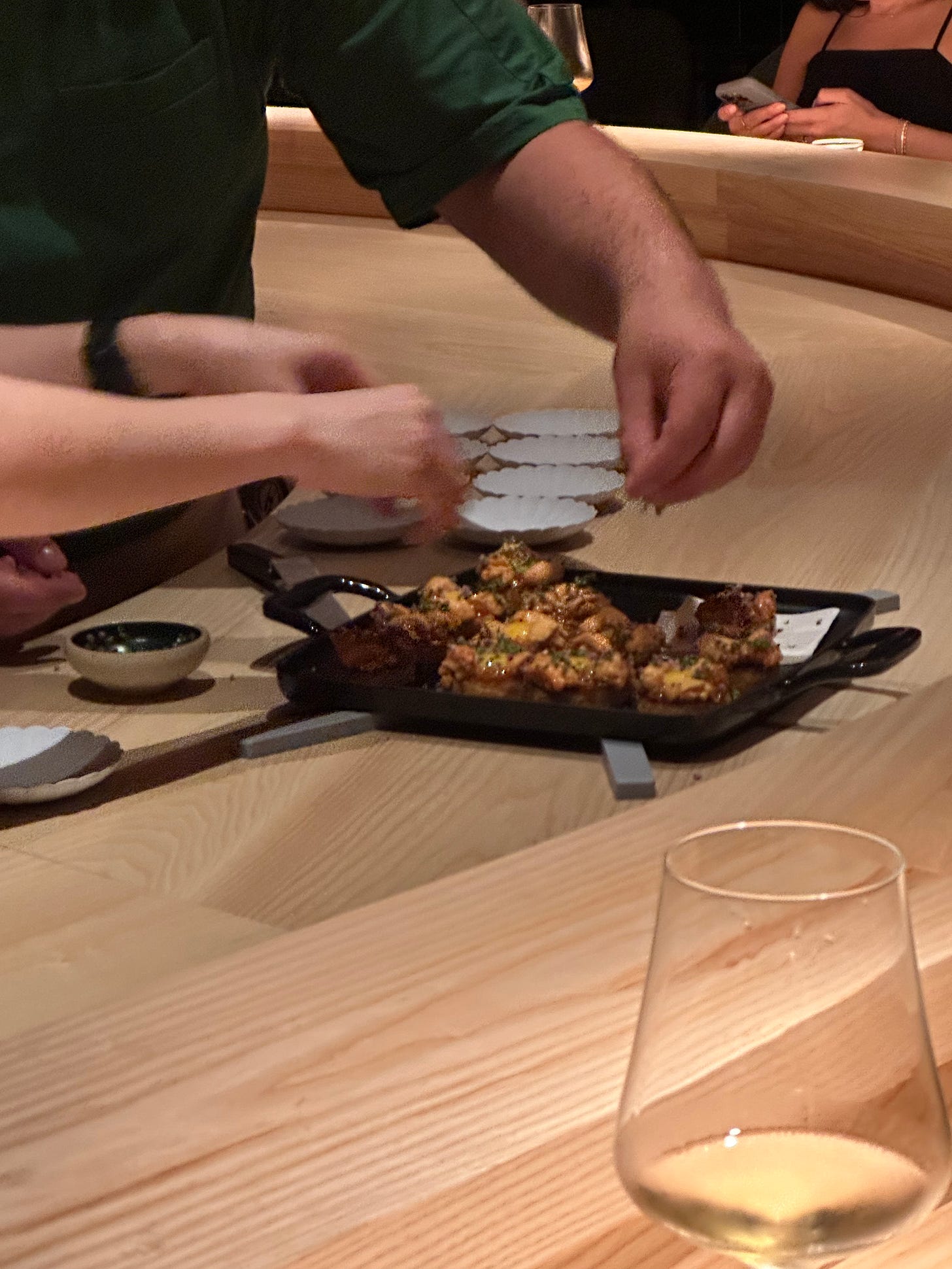

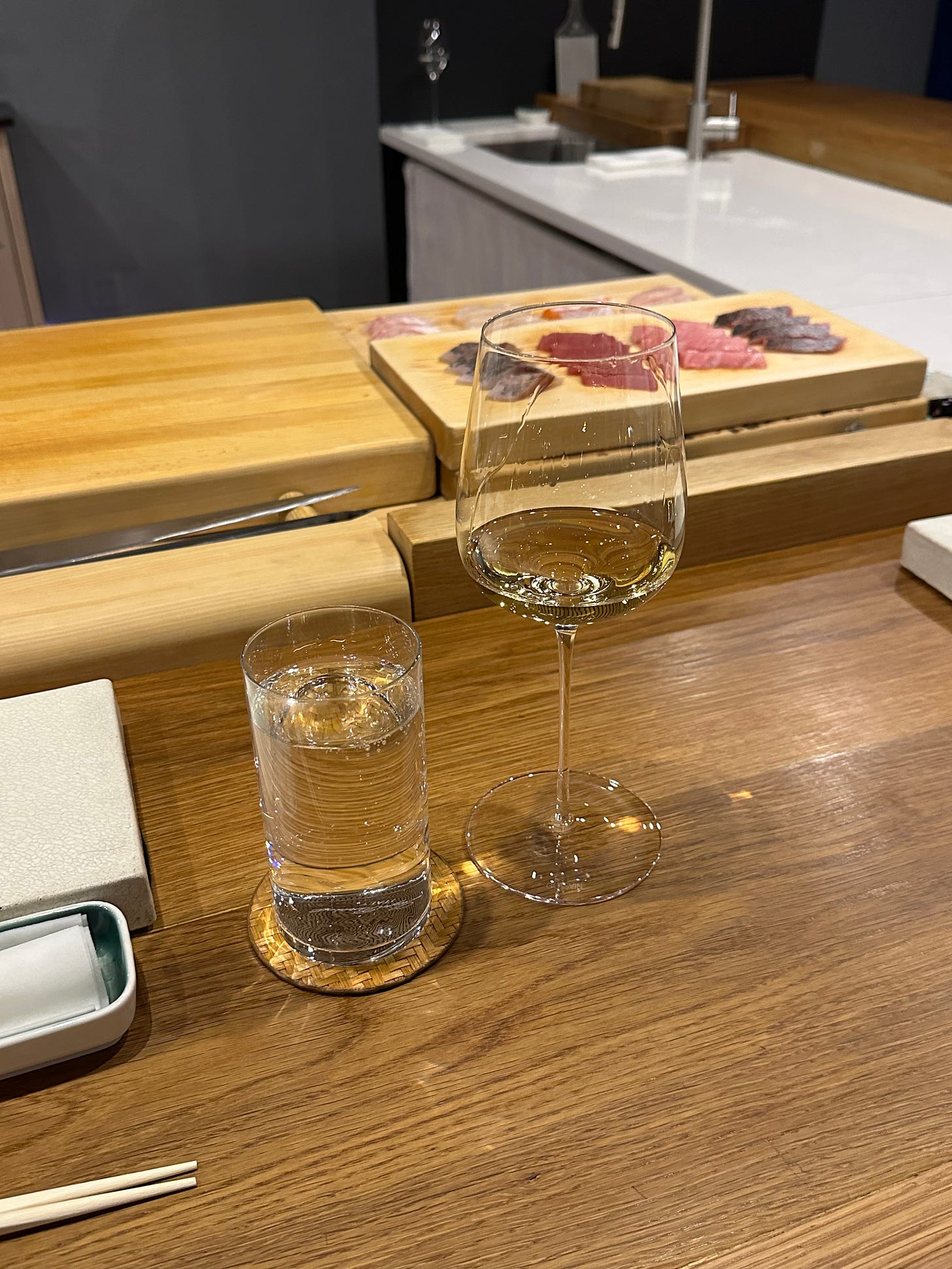


I’m remembering the Tokaji forever!!!